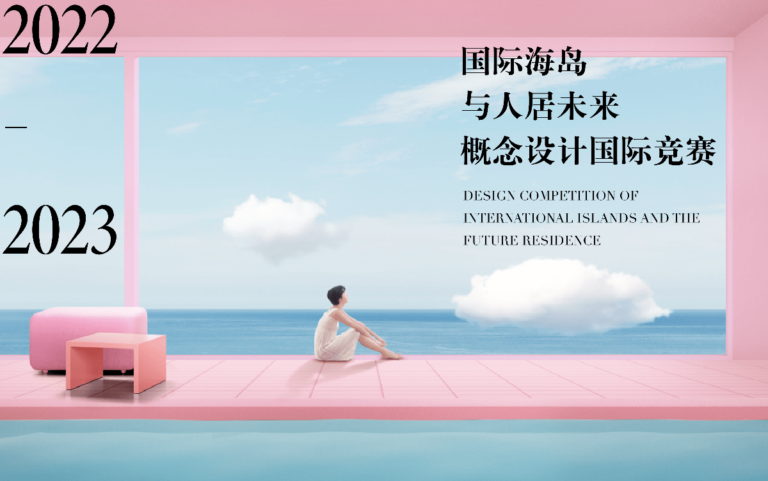RISD exhibition The Black Biennial provides platform for Black experiences
“1,097 visitors came to the opening night and more than one hundred visitors every day since then.” This information was provided to me during a conversation I had with two of the exhibition workers at the Rhode Island School of Design’s (RISD) The Black Biennial. This exhibition was held from March 11th to April 10th at Gelman Student Exhibitions Gallery at RISD’s Chase Center, located on the very steep hill between Benefit Street and Main Street in Providence, Rhode Island. The Black Biennial showcased art pieces from current students, alumni, and local artists from the Providence community. This historic event follows the continuing trend of RISD’s bold social political strides.
RISD was founded in 1877 by Helen Adelia Row Metcalf, who wanted to increase the accessibility of design education to women. With its radical beginnings, RISD has become known as one of the most prestigious art and design institutions in the world. As a proud alumna (Master of Design in Interior Architecture, 2018), I may be biased and googly-eyed over this historic event. And although I think it’s great RISD has allowed a public platform for this exhibition to take place, I have to ask: why so late? Why is this exhibition happening in 2022 and not in 2012, or even 2002? It may be happening now as a response to the rise of violence targeting Black communities in the last few years beginning with George Floyd’s death in May of 2020. As I walked through The Black Biennial, it became evident that this exhibition allowed artists to be vulnerable and share their individual truths with the RISD and Providence communities. Similar to how Metcalf provided a platform for women to get a good education at a time when they were considered second-class citizens. Metcalf went against societal norms by showing how women were, are, and continue to excel. RISD has provided a platform once again, but this time for the Black community to showcase their own Black experiences through the medium of art.
While at The Black Biennial, I happened to meet a fellow alum and artist, McDonald Wright, he asked me to take a photograph of him next to his beautiful wooden sculpture, Organic Flow II The Dance. I asked him what his thoughts were on having two pieces at this historic exhibition and what he thought of the show overall; although he appeared to be a man of few words, he responded to my questions by saying, “…the show is great, happy to be a part of it.” As Wright continued to talk to me about his work and the exhibition, he had a sincere warmness about him showing a sense of contentment about the show overall. This warmth was one of the overarching tones I felt while at the exhibition; more specifically, seeing pieces such as Amadi Williams’ acrylic paintings titled, Family, and the other, Juneteenth. These two pieces contained such positive vibrancies depicting people laughing and smiling through the warm shades of the acrylic paint and charcoal aftertones—it was evident Williams wanted to show her Black experience to that of comfort and happiness within her personal life. With these two pieces, there was also a hint of pride, which was another theme at The Black Biennial–pride from these artists’ cultural backgrounds that have made them the people they are today.

Co-Curator Melaine Ferdinand-King said on RISD’s website coverage for The Black Biennial that “[our] biggest challenge was crafting a story that is cohesive but also represents the diversity and variety of the Black experience.” I saw the positive side of the Black experience throughout the exhibition, however, also evident was the true vulnerable side of pure anger. A piece that offered a great sense of curiosity was Nafis M. White’s Oculus. The artist’s personal story was conveyed through rich textures expressing the traditions of Black beauty. As I stood in front of it in pure awe, even before reading the title, artist, and description, I could tell it was an array of different hair types woven together, which the artist describes as “[hair], embodied knowledge, ancestral recall, audacity of survival and bobby pins—8 feet diameter, 8 inches deep.” Oculus is a hung circular wall piece comprised of a variety of hair types, colors, lengths, and braids that are entwined together harmoniously. The piece reminded me of the CROWN Act, which is currently under legislation in the United States. As described on its website, “the CROWN Act, which stands for ‘Creating a Respectful and Open World for Natural Hair,’ is a law that prohibits race-based discrimination, which is the denial of employment and educational opportunities because of hair texture or protective hairstyles including braids, locs, twists or bantu nots.” It’s amazing how initially I was drawn to the piece with such amazement and wonder, to then leave it in anger and empathy for those in the Black community who face such discrimination and acceptance.
Co-curator and current RISD student Rey Londres made the following statement to the RISD’s website coverage: “[If] it’s a good idea, the right people will support it and help you make it a reality. The way this show came together really gives me hope for the future.” Coinciding with The Black Biennial, RISD welcomed its new president, Crystal Williams, who has made history as the first Black woman to lead the school. President Williams believes equity, inclusion, and justice are essential to the betterment of not only RISD, but the overall art community. RISD throughout its history has strived to provide a platform for the community to take what is in their minds and display it through art; this can also be said through social change. The Black Biennial is hopefully the beginning of a ripple effect that encourages artists to continue to voice their opinions and inspire others to gain insight into their truths and experiences.



